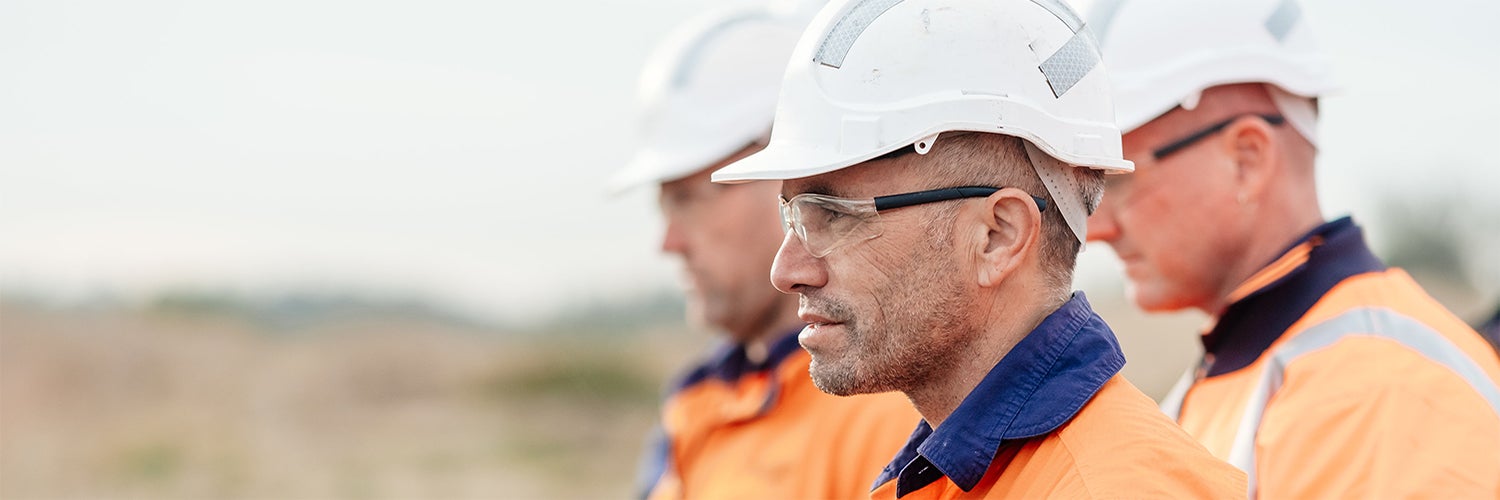Page
Newspoll: Less than half back bill for clean energy
As appeared in The Australian 10th October 2016
Forty-five per cent of Australians are prepared to pay extra to have more energy generated from renewable sources such as wind and solar, but the majority of those voters wants the cost to be less than $10 a month. However, a special Newspoll conducted exclusively for The Australian also finds that 44 per cent do not want to pay any extra for renewable energy, while 11 per cent are undecided.
The poll comes in the wake of the blackout two weeks ago that caused a complete loss of power in South Australia and the debate about energy security that has put a spotlight on the increasing reliance on intermittent renewable energy in some states. As federal parliament returns today after a three-week break, the latest Newspoll shows that Labor has maintained its two-party- preferred lead of 52 per cent to the Coalition’s 48 per cent.
And as Malcolm Turnbull reaches 100 days since his narrow election win, he has increased his margin over Bill Shorten as the preferred prime minister but satisfaction with his performance has hit a new low. Voters are mixed about whether they believe state renewable energy targets as high as 50 per cent have put the reliability of power supply at risk, with 39 per cent saying it has but 36 per cent disagreeing; 25 per cent are undecided.
The poll of 1622 people was taken from Thursday to yesterday, as energy ministers met and ordered an independent review of the National Electricity Market. Among the 45 per cent willing to pay more for renewable energy, nearly two- thirds, or 28 per cent of total respondents, say they would pay $100 a year more — less than $10 a month.
Another 11 per cent are prepared to pay an extra $300 a year, which is $25 a month. Just 4 per cent say they would pay $500 a year and only 2 per cent were willing to pay $1000 or more a year. Different states have different estimates of the cost of increasing the amount of renewable energy and, in some cases, those figures are disputed.
A majority of Coalition voters (51 per cent) did not want to pay any extra, compared with 39 per cent of Labor voters and one in four Greens supporters. Roughly three out of 10 voters across the political divide were prepared to pay $100 a year.
Only 3 per cent of Coalition voters were prepared to pay $500 or more, compared with 5 per cent of Labor voters and 17 per cent of Greens. Writing in The Australian today, federal Energy Minister Josh Frydenberg says state targets to reduce reliance on coal and implement renewable targets of 40 and 50 per cent make it “inevitable that prices will rise”.
The Prime Minister blasted as “ideological” the push by some states to set renewable energy targets at about 50 per cent without a way to achieve them. “I regret to say that a number of the state Labor governments have over the years set priorities and renewable targets that are extremely aggressive, extremely unrealistic, and have paid little or no attention to energy security,” he said.
The Newspoll found 39 per cent agreed with Mr Turnbull that state governments were putting the reliability of their power supply at risk by setting unrealistic renewable energy targets. In all, 58 per cent of Coalition voters agreed compared with 25 per cent of Labor supporters and 16 per cent of Greens.
Only one in five Coalition supporters disagreed with Mr Turnbull, while it was almost half of Labor voters and two-thirds of Greens supporters. The ACT government, which has a target of having 100 per cent of its electricity met by renewable energy by 2020, estimates the cost would be $286 a year.
Victoria’s Energy Minister Lily D’Ambrosio has predicted the aim to have 25 per cent renewable energy by 2020 and 40 per cent by 2025 would have no cost to households before 2020, and after that the rise would be “cents per week”. The government estimates electricity bills will rise by $26-$30 a year, averaged over two decades.
Mr Frydenberg said his department estimated it would cost Victoria $14 billion and Queensland, where the target is 50 per cent by 2030, $27bn in capital costs for extra renewable energy capacity to meet promises to have more power generated from renewable sources. He said federal Labor’s renewable energy target of 50 per cent by 2030 would require “10,000 new wind turbines’’, costing $48bn.

